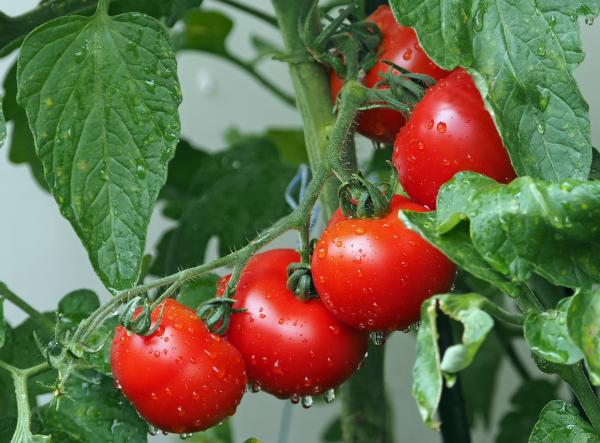This water shortage is not solely due to the drought but is partly due to the misguided environmental policies flushing available surface water into the ocean that could serve farms and families at a rate of two billion gallons per day. The reasoning? As reported by the California Farm Water Coalition, ill-advised and now-failed effort to save the Delta smelt and winter-run Chinook salmon.
"Sadly, after years of trying the same tactic over and over, flushing all this water to the ocean has shown no measurable ecosystem benefits and instead resulted in a monumental waste of water."
This shortage will obviously directly affect the agricultural output of the region. With increasingly less land and water available to produce our food, the primary issue becomes increasing yield per acre. Thus, an essential question is, which type of farming practices, organic or modern conventional, are environmentally sustainable to supply an estimated 9 -10 billion people worldwide by 2050?
Here is a theoretical example I give in my nutrition class to illustrate a simple point to students in evaluating the widespread belief that organic agriculture is more environmentally friendly: You are provided 2,000 acres of farmland to feed theoretically 5,000 people, and if you choose to use modern conventional farming methods, the yield you produce will meet the required need. However, you decide to go the organic route for your production process. At the end of the growing season, you have come up short of the necessary yield by 20%.
So, for you to meet your necessary yield target and feed those 5,000 individuals next year, you will have to bring into production at least 20% more acreage, 20% more water use, 20% more fuel use, etc. Now multiply this on a worldwide scale to feed over 7 billion people currently, not just my theoretical 5,000, and you can begin to grasp the benefits of modern agricultural practices.
Currently, modern farming practices are our best option. These practices introduce the use of increasingly more environmentally friendly pesticides and herbicides, and the use of drought-resistant and water-efficient genetically modified crops, all of which help reduce water usage and increase yield per acre. Since 1967, California farmers have nearly doubled their crop production while applied water use has remained stable or decreased. On the other hand, yield deficits for organics have been found to be as high as 60% for potatoes, but on average, it has been shown to be at least 20% across all crop varieties with a wide variation. These deficits are occurring at a time when the American Farm Bureau Federation estimates that as the population increases over the next 30 years, "farmers will have to grow about 70% more food than what is now produced."
A 2017 German study looking at conventional and organic diets' carbon footprint found them to be "essentially equal." The average organic diet based more on plants required 40% more land than the average conventional diet where meat provided a carbon use difference.
A 2018 study in Nature Sustainability considered environmental costs of high-yield farming and found that
"detailed field data from five continents and almost 1,800 species from birds to daisies reveal that so many depend on native vegetation that for most the impacts of agriculture on their populations would be best limited by farming at high yields (production per unit area) alongside sparing large tracts of intact habitat."
I would argue that modern conventional agricultural practices that allow for the introduction of advances in chemical, mechanical, post-harvest irradiation, and genetic modification for better pest and weed control, results in
- increased yield per acre
- increased post-harvest shelf-life
- and a net reduction in the use of pesticides, fuel, and water compared to organic.
When taking everything into account, our current production methods are far more environmentally and consumer-friendly than organic. With an increasing population and a finite amount of land and water, yield per acre will be the driving force for sustainable agricultural practices.




